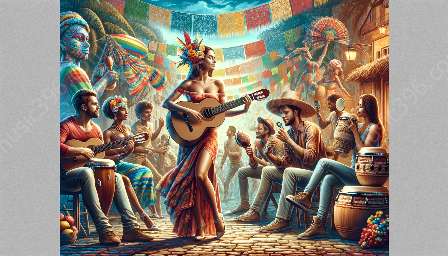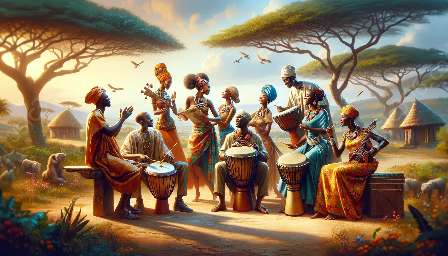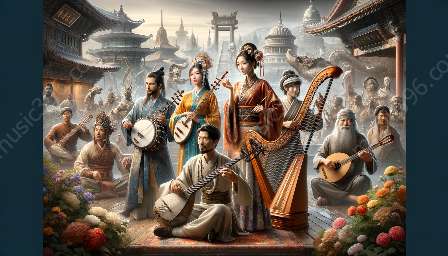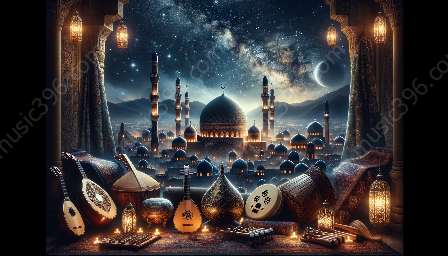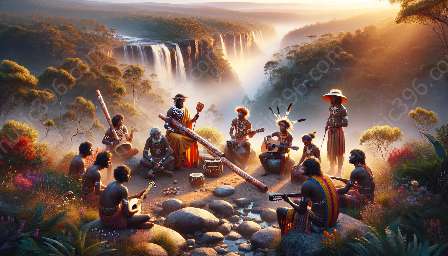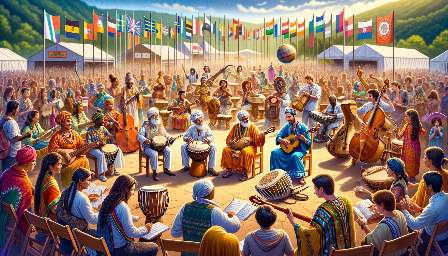Oceania, a region renowned for its rich and diverse cultural heritage, is home to a wide array of traditional musical instruments, each with its unique sound and historical significance. The traditional music of Oceania, encompassing the cultural practices of various Pacific Island nations, is deeply rooted in the region's history, spiritual beliefs, and daily life. Traditional instruments play a vital role in Oceania music, often serving as a means of storytelling, expressing emotions, and connecting communities. Let's explore some of the traditional instruments used in Oceania music and gain insight into their cultural and musical significance within the context of world music.
1. Pate
The Pate, also known as the log drum, is a traditional percussion instrument indigenous to the Pacific Islands. Carved from solid wood, the pate consists of a hollowed-out log with carved nodes along its length, which produce distinct tones when struck with a mallet or stick. Used in ceremonial and festive occasions, the pate serves as a means of communication, conveying messages and signals across villages and communities. Its rhythmic patterns and melodic variations mirror the language and cultural traditions of the Pacific Islanders, making it an integral part of their musical heritage.
2. Slit Drum
The slit drum, another prominent percussion instrument in Oceania music, is a hollowed-out log or wooden tube with carefully carved slits of varying lengths across its surface. When struck with a mallet, the slits produce resonant tones and distinct pitches, allowing musicians to create intricate rhythmic patterns and melodic sequences. Used in traditional ceremonies, rituals, and celebrations, the slit drum holds deep spiritual and cultural significance, serving as a symbol of community identity and a medium for conveying ancestral stories and myths.
3. Pahu
The pahu, a traditional drum of Polynesian origin, embodies the spirit and rhythm of Oceania music. Constructed from a large hollowed-out tree trunk covered with a stretched animal skin membrane, the pahu produces deep, resonant tones when struck with the hands or drumsticks. Often accompanied by chants and traditional dances, the pahu plays a crucial role in Polynesian cultural expressions, symbolizing ancestral connections and celebrating the natural elements of the island environment.
4. Pa'ata
The pa'ata, a large wooden slit gong, is a significant traditional instrument used in Oceania music, particularly in the Maori culture of New Zealand. Carved from solid wood and suspended horizontally, the pa'ata produces deep, sonorous tones when struck with mallets or drumsticks. Its powerful sound reverberates through ceremonial rituals, haka performances, and tribal gatherings, embodying the strength and resilience of the Maori people and their profound connection to the land and sea.
5. Ili'ili
The ili'ili, also known as the stone castanets, is a set of handheld percussion instruments crafted from smooth river stones. Played by striking two or more stones together, the ili'ili produces rhythmic clacking sounds, adding a distinctive texture to Oceania music. Commonly used in traditional Samoan and Tongan music, the ili'ili accompanies traditional dances and storytelling, illustrating the enduring traditions and communal spirit of the Pacific Island societies.
6. Nose Flute
The nose flute, a unique wind instrument found in various Oceania cultures, is crafted from bamboo, wood, or bone and played by blowing air through the nostrils into the instrument's open end. Its haunting, melodious tones emulate the natural sounds of wind, water, and birds, reflecting the deep connection between music and the environment in Oceania. The nose flute holds special cultural significance, often featured in ceremonial rites, social gatherings, and musical performances, symbolizing the harmony between humanity and nature.
The traditional instruments of Oceania music offer a window into the diverse cultural landscapes and spiritual traditions of the Pacific Islands. Their rhythmic patterns, resonant tones, and ceremonial significance showcase the enduring heritage and artistic expressions of Oceania. As we delve into the melodies and rhythms of Oceania music, we gain a deeper appreciation for the rich tapestry of world music, celebrating the universal language of music that transcends borders and connects people across the globe.

